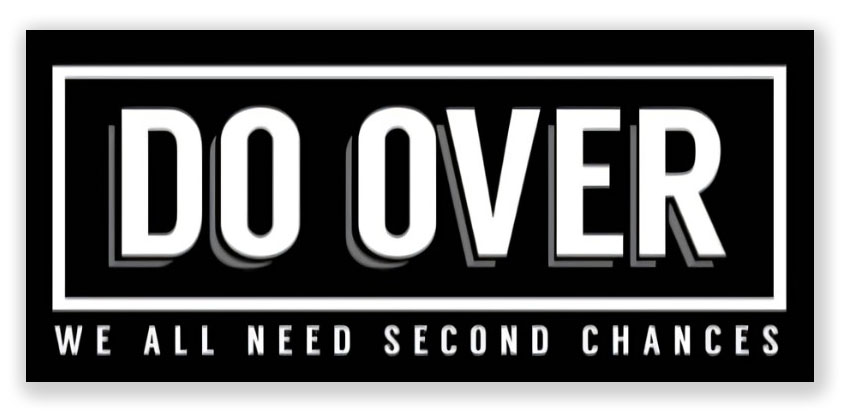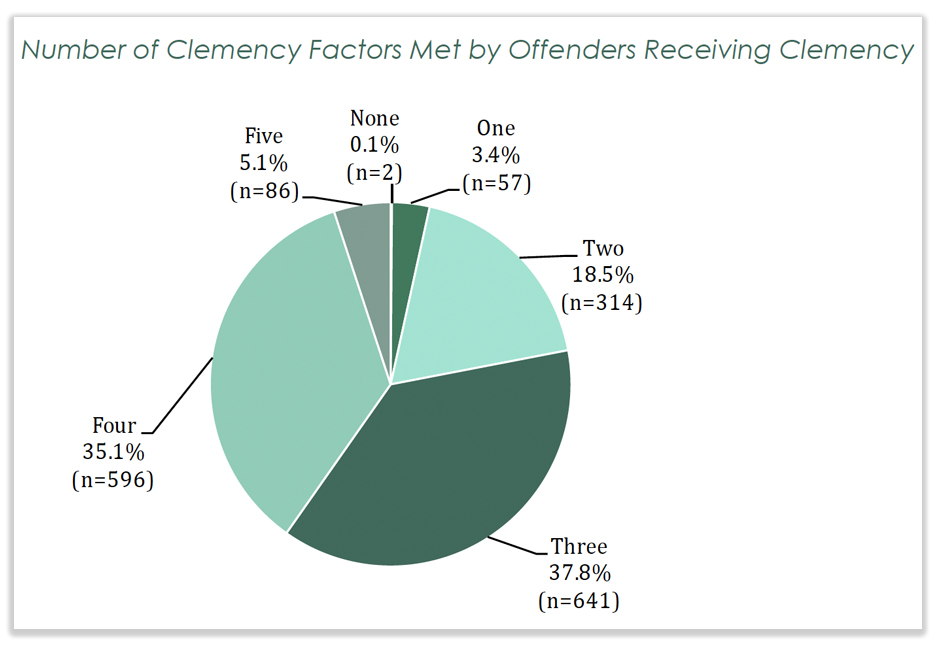We post news and comment on federal criminal justice issues, focused primarily on trial and post-conviction matters, legislative initiatives, and sentencing issues.

THROWING OUT THE LEFTOVERS
Sometime this week, we’ll clean out the refrigerator. We stored our Christmas dinner leftovers eight days ago in Tupperware containers with the best of intentions: we would have several great meals where we could reprise the Christmas feast, remembering that fine meal while being frugal.
 But somehow we never get to the leftovers. Finally, this week, we’ll just sigh and decide to throw all of the old leftovers away because they’ve just been sitting around too long. We don’t have the appetite to eat plum pudding over a week later, and we don’t know whether the Christmas goose is still safe to eat, no matter how carefully we stored it.
But somehow we never get to the leftovers. Finally, this week, we’ll just sigh and decide to throw all of the old leftovers away because they’ve just been sitting around too long. We don’t have the appetite to eat plum pudding over a week later, and we don’t know whether the Christmas goose is still safe to eat, no matter how carefully we stored it.
The Biden Administration has its own leftover problem, and like we’ll do in a couple of days, the Dept of Justice is addressing clemency by throwing everything out and starting over. Last week, DOJ – in a time-honored government agency tradition – hailed its good intentions as a cover for its historical failings. The agency announced an all-new initiative on clemency that tacitly admitted its management of the pardon/commutation program over the last 1,079 days or so has been an unmitigated FUBAR.
A DOJ “Fact Sheet” issued last Thursday announced the rollout of a new simplified clemency form that runs eight pages (not including instructions) compared to the old form’s six pages. The 33% expansion isn’t necessarily a bad thing: The new form includes for the first time questions about prison programs completed and details about release plans – logical considerations, perhaps, in a clemency determination and information an applicant previously had to know should be included in an attachment to the form.
The DOJ also promises that it “is taking steps, including providing additional staffing and technical support for the Office of the Pardon Attorney, to reduce the processing times to ensure that clemency petitioners receive answers in a timely fashion.”
So that’s good, not bad, right? Yes, except for the DOJ’s next improvement:
The current Administration inherited an unprecedented backlog of clemency petitions. Soon, the Justice Department will begin issuing letters to petitioners that have not been granted clemency in order to deliver closure to those waiting for answers they deserve. Those receiving letters are welcome to submit new petitions.
 If a federal prisoner is one of the 18,000 applicants on file, he or she has just won the right to apply for commutation again, using a new form. All that work done on the prior form? All the BOP staff’s work in responding to Office of Pardon Attorney requests for information (and there’s been a lot of that)? Consider it practice…
If a federal prisoner is one of the 18,000 applicants on file, he or she has just won the right to apply for commutation again, using a new form. All that work done on the prior form? All the BOP staff’s work in responding to Office of Pardon Attorney requests for information (and there’s been a lot of that)? Consider it practice…
To be sure, Biden’s DOJ clemency team did inherit an incredible backlog of clemency petitions from President Trump, who inherited an incredible backlog of clemency petitions from President Obama, Still, with Biden’s first (and maybe only) term 75% completed – the current President’s clemency grant rate is the worst in modern presidential history. Unlike all of his predecessors, he has not denied any petitions at all, meaning that the number of backlogged petitions has just gotten bigger.
 Still, candidate Biden once promised to assemble a “60-person agency independent of the DOJ, composed of people with diverse backgrounds” to review clemency cases. Less than a month into Biden’s term, Politico reported that the White House was seeking suggestions on how to reform the clemency system and deal with the backlog. But even then, some advocates doubted that Biden’s team had a plan for dealing with the backlog.
Still, candidate Biden once promised to assemble a “60-person agency independent of the DOJ, composed of people with diverse backgrounds” to review clemency cases. Less than a month into Biden’s term, Politico reported that the White House was seeking suggestions on how to reform the clemency system and deal with the backlog. But even then, some advocates doubted that Biden’s team had a plan for dealing with the backlog.
Ohio State University law professor Douglas Berman, writing in his Sentencing Policy and the Law blog, said at the time:
Regular readers will not be surprised to hear me endorse the sentiments of Cynthia Roseberry, namely that “It’s time. It’s past time.” I also share Mark Osler’s view that this could have and should have been a transition priority for the Biden team. Still, I am not inclined to aggressively criticize the Biden Administration if it currently has advisers and insiders talking to and working with advocates about how to put together a “comprehensive plan” for effective clemency reform. But, as the title of this post is meant to highlight, taking a careful and deliberative process toward grander reform of the entire clemency process should not be an excuse for Prez Biden to hold back entirely on the use of his clemency pen.
 Prisoners and their families can probably be forgiven for being skeptical of any Administration promise now that it is going to do anything, where its prior assurances have proven to be hollow.
Prisoners and their families can probably be forgiven for being skeptical of any Administration promise now that it is going to do anything, where its prior assurances have proven to be hollow.
Lucy. Charlie Brown. Football. C’mon, prisoners, try another kick. The DOJ promises to hold the ball for you this time.
For those more optimistic than I, the new commutation form is available at
https://www.justice.gov/media/892361/dl?inline
DOJ also promises that it “is working to educate the public about how to submit a clemency application in order to demystify the process and help ensure broader and more equitable access.” The only mystery is why we have gone three years into the presidential term of a man who in his first 100 days promised to fix clemency, only to have 18,000 people be told to start over.
DOJ Press Release, Fact Sheet: Justice Department Improvements to the Clemency Process (December 28, 2023)
DOJ, New Clemency Form (December 28, 2023)
Politico, Trump left behind a clemency mess. The clock’s ticking for Biden to solve it. (February 11, 2021)
Sentencing Law and Policy, How about some clemency grants from Prez Biden while his team works on grander clemency plans? (February 11, 2021)
– Thomas L. Root



 Ohio State law professor Doug Berman lamented in his Sentencing Law and Policy blog last week that “I am not really surprised that Prez Trump has entirely failed to deliver on his promise back in March to look at freeing elderly “totally nonviolent” offenders from federal prisons amid the pandemic. But I figure now is as good a time as any to highlight again that Prez Trump could and should, via just a stroke of a pen, bring clemency relief to the many, many federal prisoners who, like Roger Stone, are older, medically vulnerable and present no clear risk to public safety.”
Ohio State law professor Doug Berman lamented in his Sentencing Law and Policy blog last week that “I am not really surprised that Prez Trump has entirely failed to deliver on his promise back in March to look at freeing elderly “totally nonviolent” offenders from federal prisons amid the pandemic. But I figure now is as good a time as any to highlight again that Prez Trump could and should, via just a stroke of a pen, bring clemency relief to the many, many federal prisoners who, like Roger Stone, are older, medically vulnerable and present no clear risk to public safety.”






